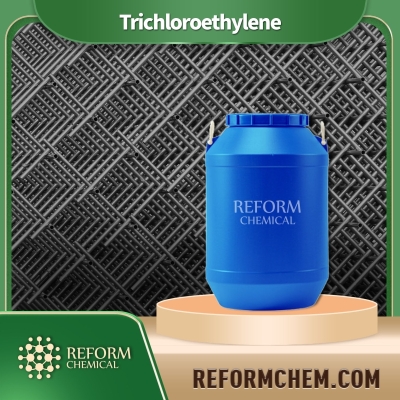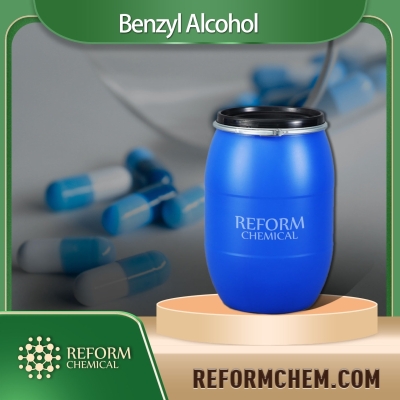-
Categories
-
Pharmaceutical Intermediates
-
Active Pharmaceutical Ingredients
-
Food Additives
- Industrial Coatings
- Agrochemicals
- Dyes and Pigments
- Surfactant
- Flavors and Fragrances
- Chemical Reagents
- Catalyst and Auxiliary
- Natural Products
- Inorganic Chemistry
-
Organic Chemistry
-
Biochemical Engineering
- Analytical Chemistry
-
Cosmetic Ingredient
- Water Treatment Chemical
-
Pharmaceutical Intermediates
Promotion
ECHEMI Mall
Wholesale
Weekly Price
Exhibition
News
-
Trade Service
Median effective dose of 0.
2% ropivacaine for ultrasound-guided median nerve block in young childre.
0.
0.
2% ropivacaine for half of the effective dose
of pediatric ultrasound-guided median nerve block01
Introduction:The ESRA and ASRA recommend that ropivacaine is a good choice for ultrasound-guided peripheral nerve block of the upper extremity in children.
However, there have been no reports on the effective dose of 0.
2% ropivacaine for this procedure.
ESRA and ASRA recommend ropivacaine as a good choice
for ultrasound-guided peripheral nerve blocks in children with upper extremity peripheral nerve blocks.
However, to date, no effective dose of ropivacaine 0.
2% has been reported
for this procedure.
Objective: To determine the median effective dose (ED50) and the 95% effective dose (ED95) of 0.
2% ropivacaine for ultrasound-guided lower forearm median nerve block in paediatric patients.
Objective: To determine the half effective dose (ED50) and 95% effective dose (ED95)
of ropivacaine 0.
2% for pediatric ultrasound-guided median nerve block in forearm.
Methods: Eligible children were American Society of Anesthesiologists (ASA) status I–II scheduled to have elective open surgery for trigger thumb repair.
Patients were stratified into two age groups: 1- to 3-yearolds and 3- to 6-year-olds.
The ED50 was determined by Dixon’s up-and-down method.
The first patient received an ultrasound-guided median nerve block by injection of 2 mL of 0.
2% ropivacaine.
Each subsequent patient’s dose was determined by the response of the previous patient, the doses being adjusted in intervals of 0.
2 mL.
In addition, the 95% effective dose (ED95) was obtained using a probit regression approach.
The patients’ general condition, postoperative pain scores, and adverse events were recorded.
Methods: Eligible children were American Society of Anesthesiologists (ASA) class I-II and were scheduled for selective open surgery for thumb trigger repair
.
Patients were divided into two age groups: 1-3 years and 3-6 years
.
ED50 is determined
by Dixon's up-and-down method.
The first patient received a median nerve block with ultrasound-guided injection of 2 ml of 0.
2% ropivacaine
.
The dose for each subsequent patient is determined by the response of the previous patient, and the dose is adjusted
at 0.
2 mL intervals.
In addition, 95% of the effective dose (ED95) was obtained
using probabilistic regression methods.
The patient's general condition, postoperative pain scores, and adverse events
were recorded.
Results: A total of 52 children who were scheduled to undergo open surgery for trigger thumb were included in this study: 28 in the 1- to 3-year-olds group and 24 in the 3- to 6-year-olds group.
The ED50 (95% confidence interval) values were 0.
9 (0.
44–1.
36) mL in 1- to 3-year-olds and 1.
4 (1.
14–1.
66) mL in 3- to 6-year-olds.
The ED95 (95% confidence interval) values were 1.
5 (0.
98–1.
58) mL in 1- to 3-year-olds and 1.
7 (1.
54–1.
78) mL in 3- to 6-year-olds.
No adverse events occurred.
Results: A total of 52 children who were ready for thumb trigger finger opening surgery were enrolled in this study: 28 in the 1-3 year old group and 24 in
the 3-6 year old group.
The ED50 (95% confidence interval) value was 0.
9 (0.
44–1.
36) ml for children aged 1 to 3 years and 1.
4 (1.
14–1.
66) ml for children aged 3 to 6 years
.
The ED95 (95% confidence interval) value was 1.
5 (0.
98–1.
58) ml for children aged 1 to 3 years and 1.
7 (1.
54–1.
78) ml for children aged 3 to 6 years
.
There were no adverse events
.
Conclusions: A single dose of ropivacaine was an effective agent for young children requiring ultrasoundguided lower forearm median nerve block in open surgery for trigger thumb.
The ED50 (95% confidence interval) values were 0.
9 (0.
44–1.
36) mL in 1- to 3-year-olds and 1.
4 (1.
14–1.
66) mL in 3- to 6-year-olds.
The ED95 (95% confidence interval) values were 1.
5 (0.
98–1.
58) mL in 1- to 3-year-olds and 1.
7 (1.
54– 1.
78) mL in 3- to 6-year-olds.
Conclusion: A single dose of ropivacaine is an effective drug
for trigger thumb opening surgery in children requiring ultrasound-guided median nerve block in the forearm.
The ED50 (95% confidence interval) value was 0.
9 (0.
44–1.
36) ml for children aged 1 to 3 years and 1.
4 (1.
14–1.
66) ml for children aged 3 to 6 years
.
The ED95 (95% confidence interval) value was 1.
5 (0.
98–1.
58) ml for children aged 1 to 3 years and 1.
7 (1.
54–1.
78) ml for children aged 3 to 6 years.
CONSORT flow diagram of the study02
Demographic data:03
3.
consecutive patients
The volume of ropivacaine in patients aged 1–3 years old (n = 28) and patients aged 3–6 years old (n = 24).
Each solid circle represents a successful nerve block, and each open circle represents a failure nerve block.
Notes/Bad Head.
Typesetting/jingle balls
Median effective dose of 0.
2% ropivacaine for ultrasound-guided median nerve block in young children.
pdf







